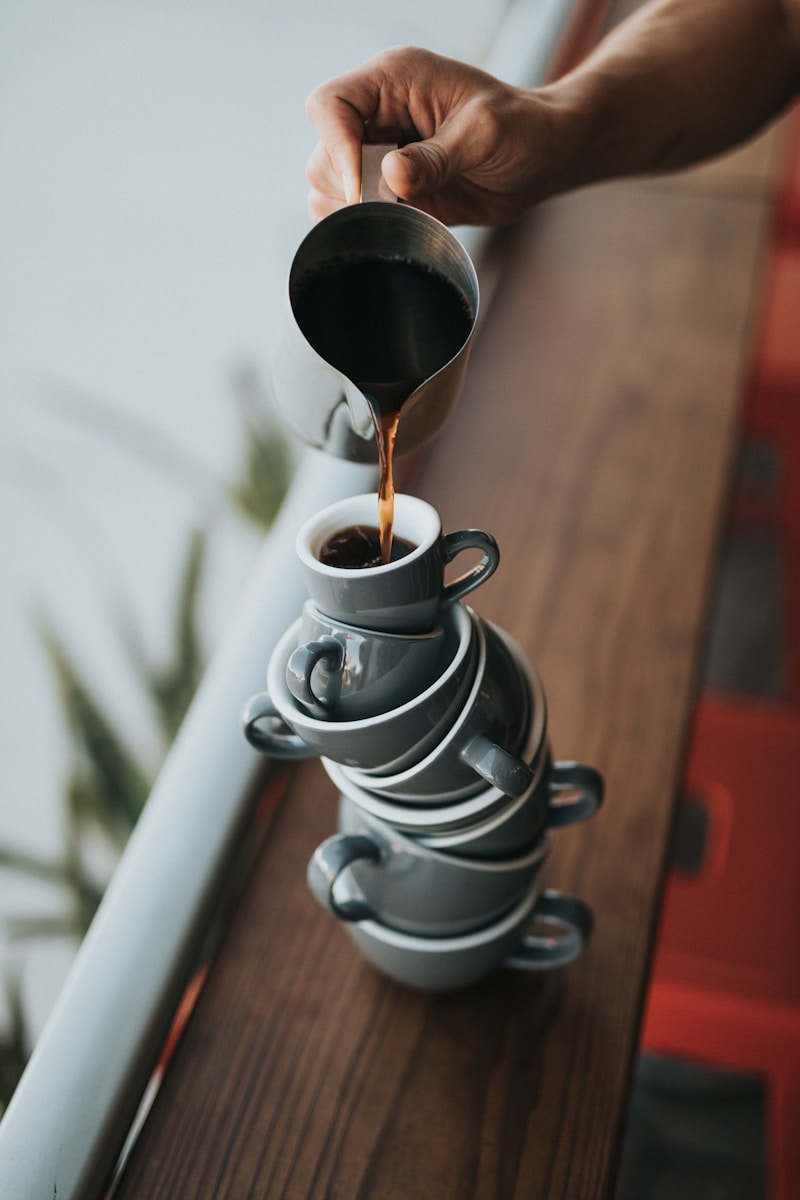Introduction
The intersection of medical marijuana and addiction treatment represents one of the most complex and evolving areas in contemporary substance use disorder treatment. As states continue to reform cannabis laws, clinicians, researchers, and policymakers grapple with cannabis’s potential therapeutic applications for individuals struggling with substance use disorders (SUDs), particularly opioid use disorder (OUD). This comprehensive analysis examines the current research landscape, therapeutic potential, risks, and specific considerations within Pennsylvania’s treatment infrastructure.
Evidence Base: Outcomes and Effectiveness
Current research presents a nuanced picture of medical marijuana’s effectiveness in addiction treatment:
Opioid Use Disorder
- Mortality Reduction: A landmark 2014 study by Bachhuber et al. published in JAMA Internal Medicine found states with medical cannabis laws had 24.8% lower mean annual opioid overdose mortality rates compared to states without such laws. More recent analyses have questioned this association, with a 2019 follow-up study by Chelsea Shover et al. suggesting the relationship may have reversed in later years.
- Treatment Retention: Research published in the American Journal of Psychiatry (2021) followed 820 patients with OUD receiving medication-assisted treatment and found those using prescribed cannabis had 28% higher treatment retention at 6 months, though this effect diminished somewhat at 12 months.
- Opioid Reduction: A 2023 study in the Journal of Clinical Pharmacology demonstrated a 47% average reduction in opioid dosage among chronic pain patients who incorporated medical cannabis into their treatment regimen.
Alcohol Use Disorder
- The COMBINE study extension (2022) tracked 340 participants with alcohol use disorder, finding that those using prescribed cannabis reported a 41% reduction in heavy drinking days compared to 28% in controls, though complete abstinence rates remained similar.
- A 2020 systematic review in the Journal of Clinical Psychology identified moderate evidence for cannabis in reducing alcohol withdrawal symptoms but insufficient evidence for long-term abstinence maintenance.
Methamphetamine and Cocaine Use Disorders
- Limited evidence exists for cannabis effectiveness against stimulant addiction. A 2022 pilot study in Drug and Alcohol Dependence found no significant difference in stimulant-positive urine screens between cannabis-using and non-cannabis-using participants in treatment for stimulant use disorders.
Therapeutic Mechanisms
Medical marijuana may provide therapeutic benefits through several mechanisms:
- Pain Management Alternative: Cannabinoids modulate pain perception through CB1 receptors and influence inflammatory processes via CB2 receptors, potentially offering non-opioid pain management options.
- Withdrawal Symptom Management: Research indicates CBD may reduce anxiety and insomnia during withdrawal, while THC can address nausea and improve appetite.
- Neuroplasticity: Emerging research suggests cannabinoids may support neural repair processes following chronic substance exposure.
- Craving Reduction: A 2019 study in the American Journal of Psychiatry found CBD reduced cue-induced craving and anxiety in individuals with heroin use disorder, with effects lasting up to one week after administration.
Risk Profile: Psychosis and Other Concerns
Cannabis-Induced Psychosis
The relationship between cannabis and psychosis requires particular attention:
- Incidence Rates: A 2019 meta-analysis in The Lancet Psychiatry found daily use of high-potency cannabis was associated with a nearly five-fold increased risk of psychosis compared to never-users.
- Vulnerability Factors: Research identifies several factors that increase psychosis risk:
- Family history of psychotic disorders
- Adolescent cannabis use
- High-THC/low-CBD cannabis varieties
- Genetic polymorphisms affecting catechol-O-methyltransferase (COMT)
- Duration and Outcomes: The majority (60-80%) of cannabis-induced psychotic episodes resolve within one month of cessation, but approximately 25% of patients with cannabis-induced psychosis eventually develop schizophrenia according to a 2019 Danish cohort study.
Additional Risks
- Cannabis Use Disorder: Approximately 9% of cannabis users develop dependence, rising to 17% for those who begin use during adolescence.
- Cognitive Effects: Regular cannabis use is associated with deficits in attention, memory, and executive function, though evidence suggests these effects may be reversible after sustained abstinence.
- Respiratory Concerns: Smoked cannabis delivers harmful particulates and carcinogens, though vaporization and oral formulations mitigate these risks.
- Cardiac Effects: THC can increase heart rate and blood pressure, potentially exacerbating pre-existing cardiovascular conditions.
Pennsylvania’s Treatment Landscape
Pennsylvania’s approach to integrating medical marijuana into addiction treatment presents unique challenges:
Medical Marijuana Program Parameters
- Pennsylvania legalized medical marijuana in 2016 (Act 16), with qualifying conditions including:
- Opioid use disorder for which conventional treatments are ineffective
- Severe chronic pain
- Post-traumatic stress disorder
- As of 2023, approximately 650,000 Pennsylvanians have registered as medical marijuana patients, though data specific to those with substance use disorders is limited.
Treatment Integration Challenges
Pennsylvania’s addiction treatment infrastructure has been slow to formally incorporate medical marijuana:
- Program Availability: A 2022 survey of 145 Pennsylvania addiction treatment providers found only 12% had formal protocols for incorporating medical marijuana into treatment plans.
- Insurance Coverage: No Pennsylvania insurance providers currently cover medical marijuana costs for addiction treatment, creating financial barriers for many patients.
- Physician Certification: Less than 8% of addiction specialists in Pennsylvania are registered to certify patients for medical marijuana, according to Pennsylvania Department of Health data from 2023.
- Regional Disparities: Urban centers (Philadelphia, Pittsburgh) have more integrative treatment options compared to rural counties, where traditional abstinence-only approaches remain dominant.
Recovery Housing Policies
Pennsylvania recovery housing presents significant barriers for medical marijuana patients:
- Licensed Recovery Houses: The Pennsylvania Department of Drug and Alcohol Programs (DDAP) maintains standards for licensed recovery houses that generally prohibit the use of medical marijuana:
- The DDAP’s 2021 Recovery House Licensing regulations (28 Pa. Code Chapter 717) require recovery houses to maintain drug-free environments
- Most licensed recovery houses interpret this as excluding medical marijuana, despite its legal medical status
- Policy Conflicts: This creates a fundamental conflict between:
- The Pennsylvania Medical Marijuana Act protecting patient rights
- Recovery housing regulations designed around abstinence models
- Limited Exceptions: As of 2023, only 8 recovery houses in Pennsylvania (out of approximately 200 licensed facilities) have established formal protocols allowing residents with medical marijuana cards to continue their cannabis-based treatment.
- Legal Challenges: Several legal cases are currently pending regarding whether recovery houses can legally exclude residents solely based on medical marijuana use. The Pennsylvania Commonwealth Court is expected to rule on this issue in 2025.
Harm Reduction Framework
Medical marijuana fits within a harm reduction approach based on several principles:
- Overdose Prevention: Cannabis does not suppress respiratory function, making fatal overdose virtually impossible.
- Engagement: Cannabis-inclusive approaches may attract individuals who would otherwise avoid treatment.
- Stepped Care: Medical cannabis may serve as an intermediate step between active substance use and complete abstinence for some patients.
Clinical Applications and Protocols
Current clinical applications include:
- Adjunctive Therapy: Cannabis used alongside FDA-approved medications such as buprenorphine, methadone, or naltrexone.
- Pain Management: Targeted cannabis formulations for patients with comorbid chronic pain and substance use disorders.
- Withdrawal Support: Short-term cannabis protocols during detoxification to manage specific symptoms.
Future Research Directions
Critical research gaps remain:
- Randomized controlled trials comparing cannabis-inclusive addiction treatment to conventional approaches
- Optimal cannabinoid formulations and ratios for specific substance use disorders
- Long-term outcomes studies examining sustained recovery rates
- Identification of patient factors predicting positive response to cannabis-based interventions
Conclusion
Medical marijuana in addiction treatment represents a promising but incomplete therapeutic approach. The evidence suggests potential benefits for specific applications, particularly in opioid use disorder and harm reduction contexts. However, significant risks—especially regarding psychosis in vulnerable individuals—warrant careful patient screening and monitoring.
In Pennsylvania, despite legal medical marijuana access, substantial structural barriers limit its integration into addiction treatment. Recovery housing restrictions create particular challenges for patients using medical marijuana, often forcing a difficult choice between housing stability and continuing their legally authorized medical treatment. This tension reflects the broader struggle between traditional abstinence-based recovery models and emerging harm reduction approaches that may include medical marijuana.
As both research and policy continue to evolve, clinicians, patients, and policymakers must maintain a balanced approach that acknowledges both the potential benefits and risks of incorporating cannabis into addiction treatment protocols.





